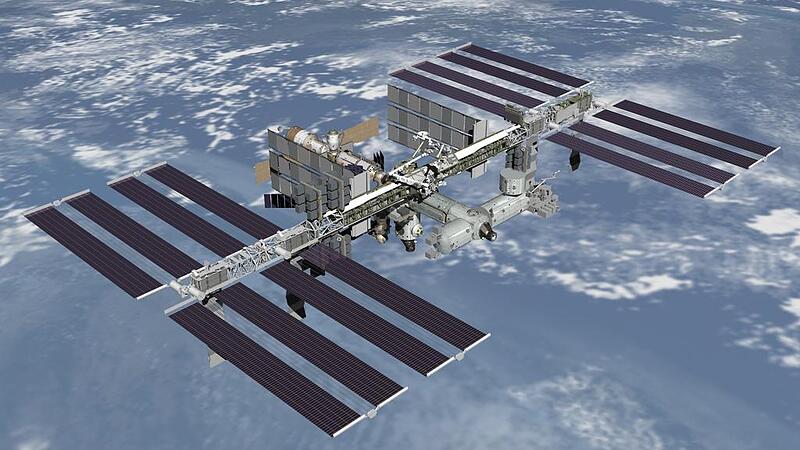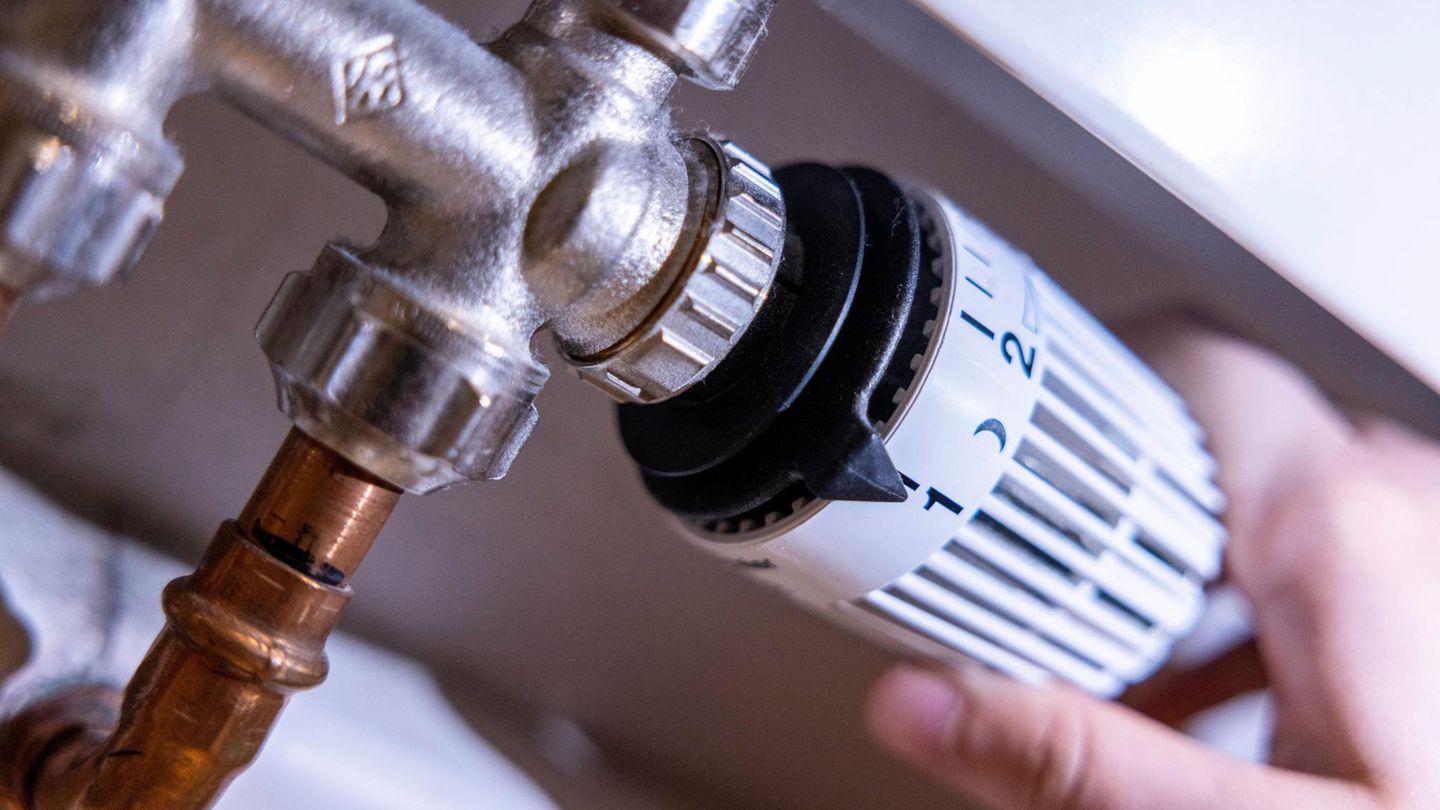Image: dpa/NASA
The battery block entered the earth’s atmosphere on Friday evening at 8:29 p.m., said the spokeswoman for the German Armed Forces Space Situation Center, Simone Meyer. Parts of Germany and Austria were also in the flight path.
Tyrol, Vorarlberg and Carinthia warned
Debris could also roam the airspace over Tyrol, Vorarlberg and Carinthia, according to statements from the affected state governments on Friday. Luminous phenomena and a sonic boom from the debris were possibly to be expected. An impact of fragments on the earth’s surface is “extremely unlikely”. However, it was difficult to predict exactly where the space debris would burn up in its orbit around the Earth.
The re-entry into the Earth’s atmosphere finally occurred approximately where the Caribbean Sea and the Gulf of Mexico meet. Initially nothing was known about any damage.
Disconnected in March 2021
The manner in which the ISS battery pack was disposed of was entirely intentional. The platform with battery packs – about the size of a car and weighing around 2.6 tons – was detached from the ISS in March 2021 with the aim of burning up in the atmosphere years later.
Space debris entering the atmosphere and remnants reaching the Earth’s surface happens all the time. The European Space Agency (ESA) writes: “Approximately every week a large space object re-enters uncontrollably, and most of the associated fragments burn up before they reach the ground.” According to the US space agency NASA, an average of one known piece has fallen to Earth per day over the past 50 years. So far, no serious injuries or significant property damage have been reported as a result.
My themes
For your saved topics were
new articles found.

info By clicking on the icon you can add the keyword to your topics.
info
By clicking on the icon you open your “my topics” page. They have of 15 keywords saved and would have to remove keywords.
info By clicking on the icon you can remove the keyword from your topics.
Add the topic to your topics.
Source: Nachrichten




